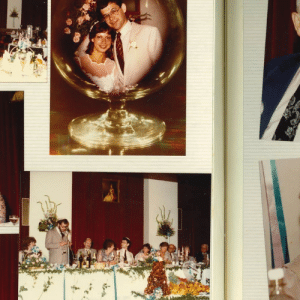Blog
February 9, 2022
On Mice and Men: The banning of Art Spigelman’s “Maus”
By Dr Breann Fallon, Coordinator of Research and Educator
On 10 May 1933 more than 40,000 individuals stood around a bonfire and watched it burn against Berlin’s night sky. The fuel for that fire was not coal or wood, it was books.
The crowd watched as countless copies of Jewish, democratic, pacifist and “un-German spirited” literature went up in flames and the words of propaganda minister Joseph Goebbels rang in the air. As the night progressed more “dangerous,” banned works were thrown into the flames, celebratory music was played and fire-oaths were taken.
This was certainly not the only book burning held in Nazi Germany. In May 1933 alone, there were approximately 93 book burnings across 70 German cities.
This “cleansing” of German literature was part of the Nazi’s commitment to Gleichshaltung, where there was to be no more publication of “unsafe” or “un-German” ideas from so-called “degenerate” authors. Rather there was to be a synchronisation of all political, cultural, and social institutions with the Nazi ideology. Free thought, expression and opposition were lying in the ashes.
Nearly 89 years later, in 2022, we are still seeing the profound impact of banning books, most recently in the ban of Art Spiegelman’s Pulitzer Prize-winning graphic novel Maus by a school board in the US.
The book, which has widely been used in schools to educate students about the Holocaust since it was published in 1986, has been voted to be removed from classrooms by McMinn County Board of Education for what it called an “unnecessary use of profanity and nudity” last month.
Even today, the action of banning (or burning) a book sends a strong message – that it is dangerous.

Image: Nazi Book burning, Berlin, 1933. Bundesarchiv, Bild 102-14597 / Georg Pahl / CC-BY-SA 3.0.
Is Maus dangerous?
In Maus, Art Spiegelman pens the Holocaust as experienced by his parents, Vladek and Anja, through both word and image. The reader bears witness to Vladek and Anja’s experience of the Holocaust in Poland, their internment in Auschwitz and loss of a son.
Maus also asks the reader to contemplate the aftermath of the Holocaust as Art lays bare the impact of this event on his family. It provides a window into the past and the reverberations of that history in the generations that follow.
So, are the Maus books dangerous? In my view, no. They do bear witness to a horrific past and therefore include a confronting reality through text and visuals, so they must be taught with care and consideration.
Rather, perhaps we should ask: what is more dangerous, the book itself or the action of banning it?






What’s On Newsletter
Keep up to date on all Museum events and exhibitions.